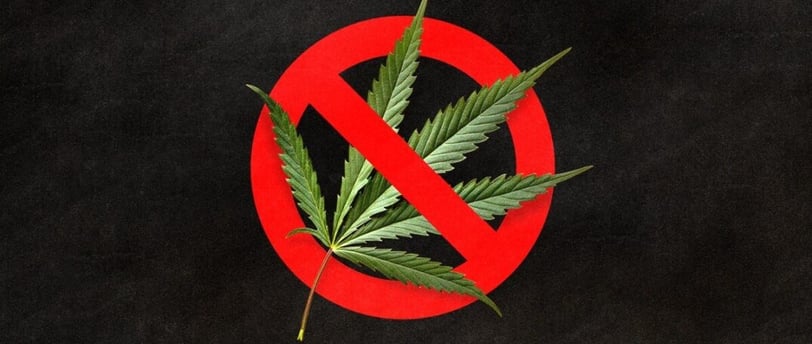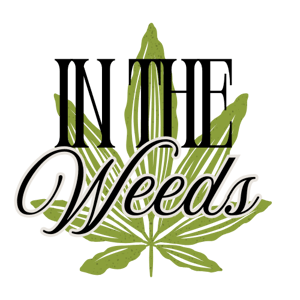High Stakes: The Real Reason Hemp Was Outlawed
Explore the underpinnings of the political vilification of Hemp, and the new campaign to foster its reemergence
HEMPINSIGHTSHISTORY
In The Weeds
6/15/20202 min read


Let’s get one thing straight: hemp didn’t get banned because it was dangerous. It got banned because it was too useful. Welcome to one of the biggest industrial takedowns in American history—one that had more to do with protecting profits than protecting people.
The Setup: Hemp Was Everywhere
By the early 20th century, hemp was the unsung hero of American agriculture. Farmers grew it coast to coast. Its fibers went into ropes, sails, and textiles. Its seeds became oil and food. It was efficient, sustainable, and already a part of daily life. But not everyone saw that as a good thing.
Enter the Villains: Paper Barons, Oil Tycoons, and Plastic Pushers
Meet William Randolph Hearst, media mogul with a massive timber empire, and the DuPont family, who had just developed a new synthetic fiber—nylon. Add in Andrew Mellon, then Secretary of the Treasury and DuPont investor. Hemp posed a direct threat to their profits.
Together, they fanned the flames of public fear. Hearst’s newspapers published racist, sensationalized stories about “marijuana-crazed” minorities. The goal? Conflate low-THC hemp with high-THC cannabis and paint them both as threats to society.
1937: The Marihuana Tax Act
This piece of legislation effectively criminalized all cannabis—no distinction between psychoactive marijuana and industrial hemp. Even though hemp couldn’t get you high if you smoked a haystack of it, it was lumped into the same category. Overnight, a booming industry was gutted.
Reefer Madness and the Court of Public Opinion
You’ve probably heard of the film Reefer Madness, that hilariously misinformed PSA-turned-cult-classic. What you might not know is that it was part of a coordinated campaign to instill fear and ignorance. Hemp, once required by law to grow in the colonies, became contraband.
Wartime Exception—and Post-War Rejection
In WWII, the U.S. government briefly reversed course with the “Hemp for Victory” campaign. Farmers were again encouraged to grow it. But once the war ended, so did the support. Hemp was tossed back into the shadows, and DuPont’s synthetics took center stage.
The Irony: Legal Hemp, Illegal Farmer
For decades, growing hemp could land you in prison—even though importing it for products was still allowed. Imagine getting arrested for trying to grow the same crop used to make the shirt you're legally allowed to buy.
The 2018 Farm Bill: Redemption Time
After years of lobbying and research, hemp was federally legalized again under the 2018 Farm Bill. This time, the distinction between hemp (under 0.3% THC) and marijuana (above 0.3%) was clearly defined. It was a game changer—but we’re still playing catch-up after 80 years of suppression.
Follow the Money
This wasn’t about health or safety. It was about controlling markets and consolidating power. Hemp threatened too many entrenched interests—from pulp and paper to petroleum and pharmaceuticals.
Fun Fact:
- Henry Ford built a car in the 1940s with hemp plastic panels and fueled it with hemp ethanol. That idea was promptly shelved. Wonder why?
Why It Still Matters
Understanding why hemp was outlawed isn’t just about history—it’s about the present. We’re still undoing the damage caused by misinformation and corporate manipulation. Every CBD oil, hempcrete block, or hemp hoodie you buy is a step toward correcting a wrong that never should’ve happened.
Hemp wasn’t outlawed because it failed society It was outlawed because it threatened those who ran it.
And now? The stakes are just as high—but this time, we’ve got history (and science) on our side.


